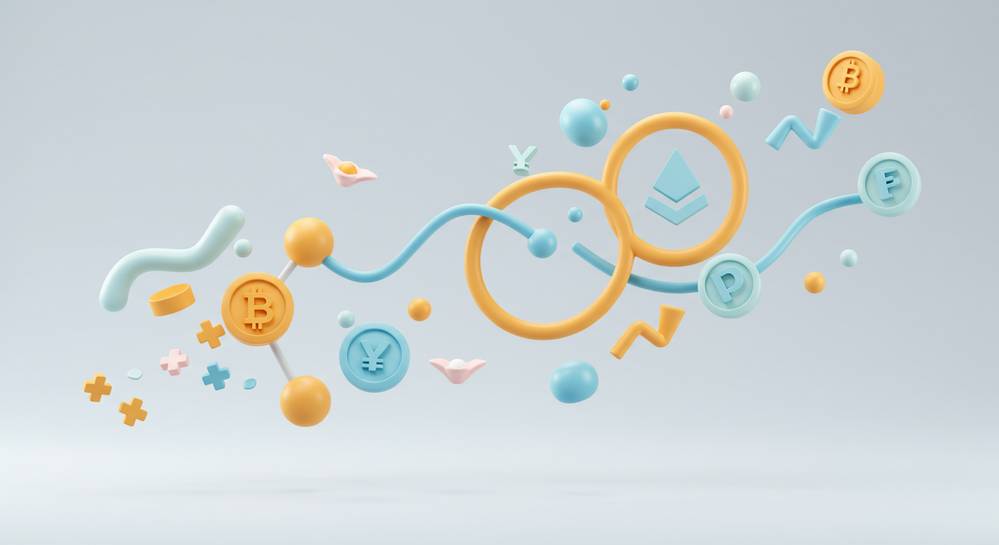As the digital asset landscape evolves, identifying the top decentralized exchanges in 2025 is crucial for any serious trader. These platforms offer unparalleled security and self-custody, but navigating them requires insight. This guide breaks down the key players, their unique strengths, and the criteria you should use to select a DEX that aligns with your trading strategy, ensuring you stay ahead in the fast-paced world of DeFi.
What defines a leading decentralized exchange

To identify the top decentralized exchanges in 2025, you must look beyond trading volume. The best platforms are built on a foundation of security, efficiency, and user-centric design. These core attributes separate temporary leaders from long-term pillars of the DeFi ecosystem. Understanding these criteria is the first step toward making an informed decision for your trading needs.
- Deep Liquidity: This is the bedrock of a reliable DEX. High liquidity ensures minimal slippage on trades, meaning large orders can be filled without causing major price shifts. It directly impacts the efficiency and cost-effectiveness of every transaction you make.
- Security and Audits: Rigorous security is non-negotiable. A platform’s smart contracts must be audited by respected third-party firms to protect user funds. The most secure crypto exchanges maintain a transparent history of these audits.
- User Experience (UX): A clean and intuitive interface is vital. Leading DEXs allow for easy wallet connection and seamless swaps, catering to both new and experienced DeFi users without unnecessary friction.
- Transaction Efficiency: Fees and processing speed are critical. Top-tier exchanges leverage efficient Layer 2 solutions or alternative blockchains to offer lower costs and faster transaction finality than their competitors.
- Cross-Chain Capabilities: The future is interoperable. Exchanges that enable asset swaps across different networks like Ethereum and Solana provide immense value. True blockchain interoperability is a defining feature of a modern DEX.
The established leaders: Uniswap and Curve

Certain decentralized exchanges have become foundational pillars of the DeFi ecosystem. Their longevity, innovation, and massive user base solidify their position as established leaders. They serve as the benchmark against which newer platforms are often measured, making them essential to any discussion of the top decentralized exchanges in 2025.
Uniswap
As the original pioneer of the Automated Market Maker (AMM) model, Uniswap remains a dominant force. Its permissionless design allows anyone to list a token or provide liquidity, fostering a vast and diverse marketplace. With innovations like concentrated liquidity, it offers greater capital efficiency for providers. Its brand recognition and deep liquidity pools make it a default choice for many traders, especially on Ethereum and its Layer 2s.
Curve
Curve Finance has carved out a critical niche by focusing on stablecoin swaps. Its unique algorithm is optimized for assets pegged to a similar value, such as USDC to USDT. This allows for extremely low slippage and fees on these pairs, a key advantage for traders. This specialization has made it an indispensable tool for protocols managing stablecoin exposure, even if its interface is less suited for beginners.
The rising contenders: dYdX and Jupiter

While the giants hold their ground, a new wave of DEXs is capturing market share. They innovate in specific verticals or on more efficient blockchains. These platforms push the boundaries of decentralized trading, offering features that rival centralized counterparts and are key to the list of top decentralized exchanges in 2025.
dYdX
For traders seeking more than simple swaps, dYdX stands out as a leading platform for perpetual futures. It allows users to trade with leverage on a wide range of assets. By moving to its own Cosmos SDK blockchain, dYdX V4 offers an off-chain order book and on-chain matching engine. This hybrid model provides CEX-level performance while maintaining self-custody, a compelling proposition for derivatives traders. You can learn more about undefined and its unique architecture.
Jupiter
Built on the high-performance Solana blockchain, Jupiter has become a go-to platform for speed and low costs. It functions as a liquidity aggregator, routing trades across multiple DEXs on Solana to find the best possible price. Its user-friendly interface, combined with powerful features like limit orders and dollar-cost averaging tools, makes it a versatile and indispensable part of the Solana ecosystem.
How to choose the right dex for your needs
The best decentralized exchange is not a one-size-fits-all solution. The right choice depends entirely on your specific goals, risk tolerance, and technical comfort level. By matching your trading style to a platform’s strengths, you can select one from the top decentralized exchanges in 2025 that truly serves your needs.
- For Beginners and General Swaps: If you prioritize ease of use and access to the widest variety of tokens, a platform like Uniswap is an excellent starting point due to its intuitive interface and deep liquidity.
- For Stablecoin Traders and Yield Farmers: If your primary activity involves swapping stablecoins or earning yield on them, Curve’s specialized model offers unparalleled efficiency and low slippage.
- For Advanced Derivatives Trading: If you are an experienced trader looking to use leverage and trade perpetuals, dYdX provides the performance and tools necessary for sophisticated strategies.
- For Cost-Conscious and Solana Users: If your focus is on minimizing transaction fees and maximizing speed, Jupiter’s aggregation protocol on the Solana network is the logical choice.
Before committing significant funds, always start with small test transactions. Familiarize yourself with the interface, understand the fee structure, and ensure you are comfortable with the entire process from connecting your wallet to confirming the trade.
The decentralized exchange landscape is more vibrant and competitive than ever. Platforms like Uniswap, Curve, dYdX, and Jupiter each offer unique advantages tailored to different types of users. The key is to align your trading needs with the right platform’s strengths, focusing on security, liquidity, and user experience. For ongoing analysis and deep dives into the DeFi space, keep exploring with Crypto Finance Daily.



